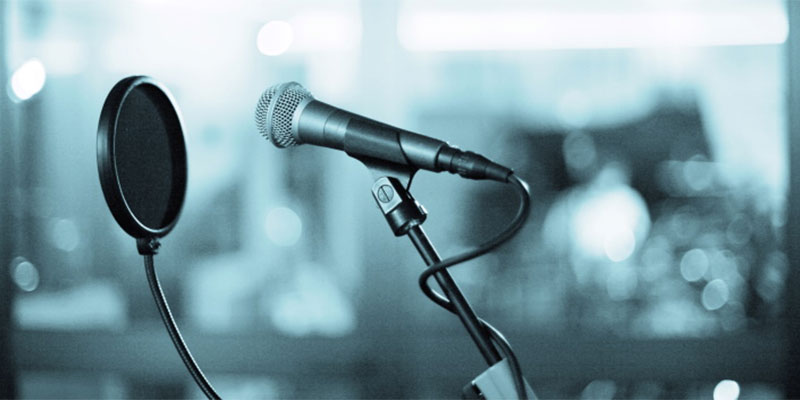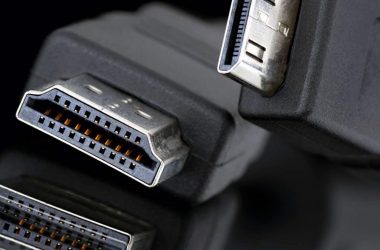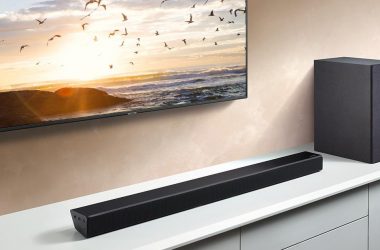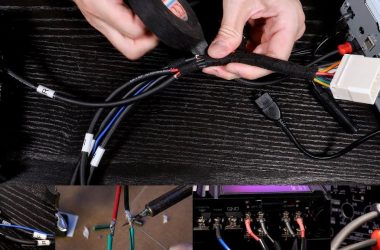When it comes to microphones, there are two main types: condenser and dynamic. Each type has its advantages and disadvantages, so which one is right for you depends on your needs. So, whether you’re just starting or you’re looking to upgrade your current setup, read on to learn more about the different types of microphones available.
Choosing the right microphone can be a daunting task. This guide will help you understand the difference between dynamic and condenser microphones so that you can make the best decision for your needs. So, whether you’re a musician looking to record vocals or instruments or need a mic for podcasting or video conferencing, we have a recommendation that will fit your needs.
Dynamic or condenser mic for home studio
When you’re setting up your home studio, one of the most important decisions you’ll make is what type of microphone to use, condenser vs dynamic microphone have different characteristics, so choosing the right one for your needs is important.
There are many different microphones available for this purpose, so I will try and cover the basics about dynamic vs. condenser mics and help you choose which one is right for your situation. Remember, though, that there are always exceptions, so I recommend you check out the specifications of each mic before making your decision.
Some people might prefer to use a dynamic mic for recording vocals, while others may find that condenser mics are better suited for this purpose. Of course, there are many factors involved in deciding whether or not you should choose one type over another. Still, I’m going to try and simplify the process by looking at what dynamic and condenser microphones have to offer us in terms of functionality, durability, cost, etc.
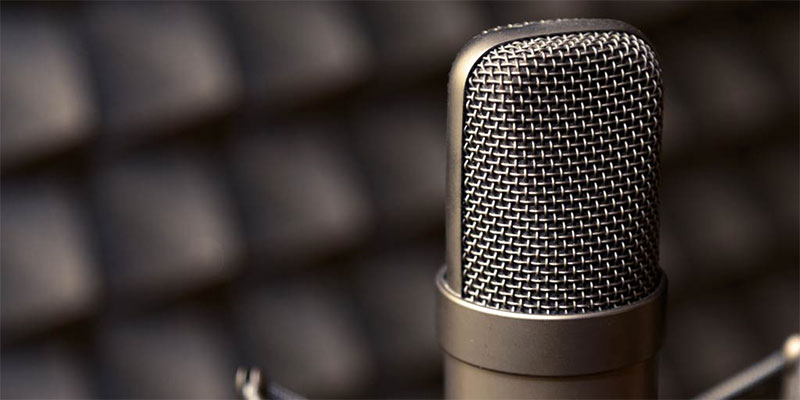
Do singers use dynamic or condenser mics?
Most people think that there is a clear distinction between dynamic and condenser models when it comes to microphones. However, the truth is that both types of mics have their unique benefits and drawbacks. Therefore, we will take a closer look at the differences between dynamic and condenser mics, so you can decide which type is best for your needs.
Most singers use dynamic mics to sing into. They are easy to hold and don’t require phantom power or batteries, which can be helpful if there is no reliable power where you’re performing. If the mic’s sound is too harsh for your voice, try using a pop filter. It will take out some of that pop when you say words like “pop” or “sock.” Also, don’t cup the microphone with your hand or touch it at all – this leads to low audio quality. The best practice is maintaining a distance so you don’t get audio feedback (whistling/hissing).
Dynamic vs. condenser mic for streaming
Are you looking to start streaming but don’t know which microphone to choose? You might be wondering if a dynamic or condenser mic is better for streaming. Both have their unique benefits, so let’s take a closer look at each type. Dynamic mics are typically more durable and can handle higher sound pressure levels, making them a good choice for loud environments like concerts. On the other hand, Condenser mics are more sensitive and can capture finer details in your voice. They’re also great for recording vocals and instruments. So, which one should you choose? It depends on your individual needs and what content you plan to stream. Ask your friends or family if you’re not sure which type of mic is right for you.
For those who know nothing about recording or streaming, let’s break down the basics: Dynamic mics work by using a diaphragm that captures sound waves as they travel through the air. In essence, these mics translate sound into electrical signals better than other types because they respond well from lower-end frequencies up to mid-range tones.
Condenser microphones operate by using two slightly charged metal plates. When sound waves hit the diaphragm, it changes the charges on the plates, creating an electrical signal. Condenser mics can also be more prone to feedback due to their higher gain before being overloaded with noise.

